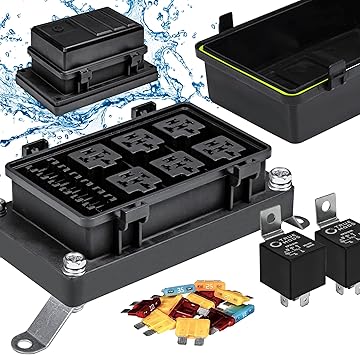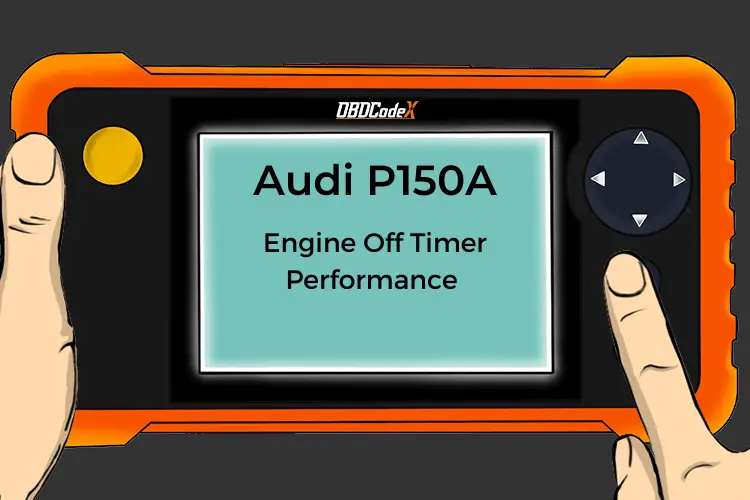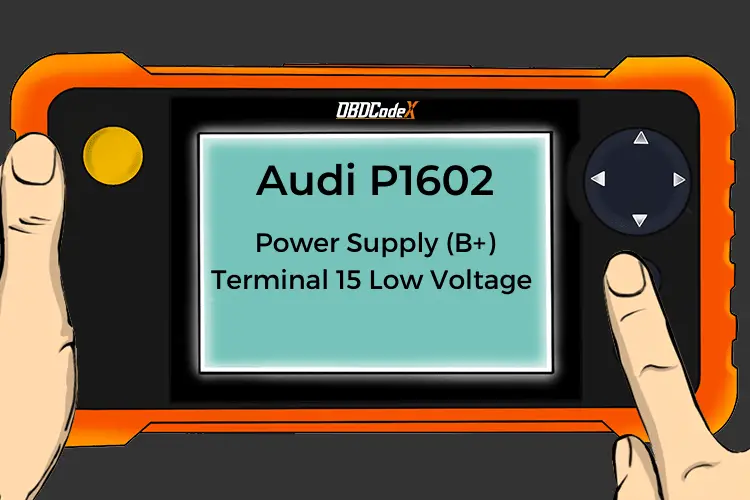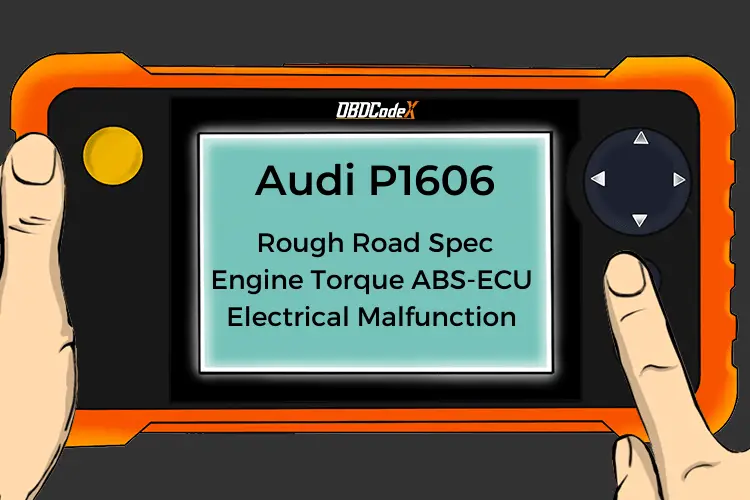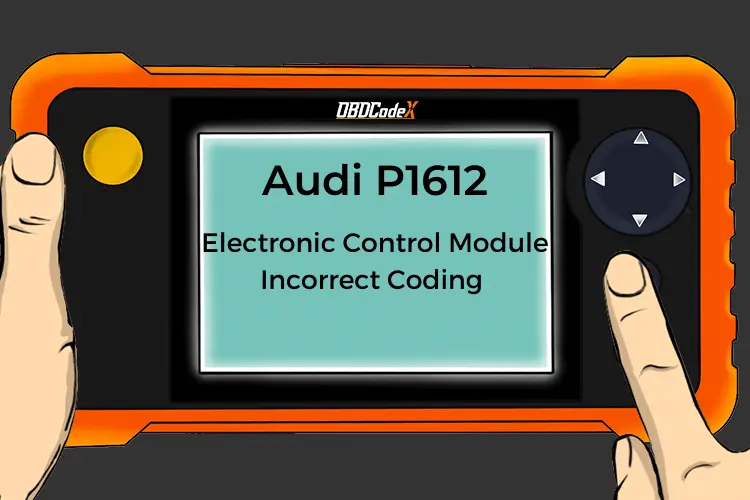P0688: ECM/PCM Power Relay Sense Circuit Open
Is your scanner showing P0688?
No worries. We'll show you what it means and how to deal with it.
P0688: ECM/PCM Power Relay Sense Circuit Open
OVERVIEWWhat Does The P0688 Code Mean?
When a code P0688 is stored, it means that the powertrain control module (PCM), has detected an abnormality in the relay which supplies it with voltage. In this case the relay sensor circuit is open. Open could be translated as disconnected.
The PCM power relay is used to apply battery voltage safely to the appropriate PCM circuits. It is a contact type relay that is activated with a signal wire from the ignition switch. This type of relay typically uses a five-wire design. Constant battery voltage is applied on one wire; ground on another. A third circuit carries a signal from the ignition switch and a fourth supplies voltage to the PCM. The fifth wire is the power relay sense circuit. It is used by the PCM to monitor power relay voltage.
If the PCM detects an open power relay sense circuit, a code P0688 will be stored and a malfunction indicator lamp (MIL) may be illuminated.
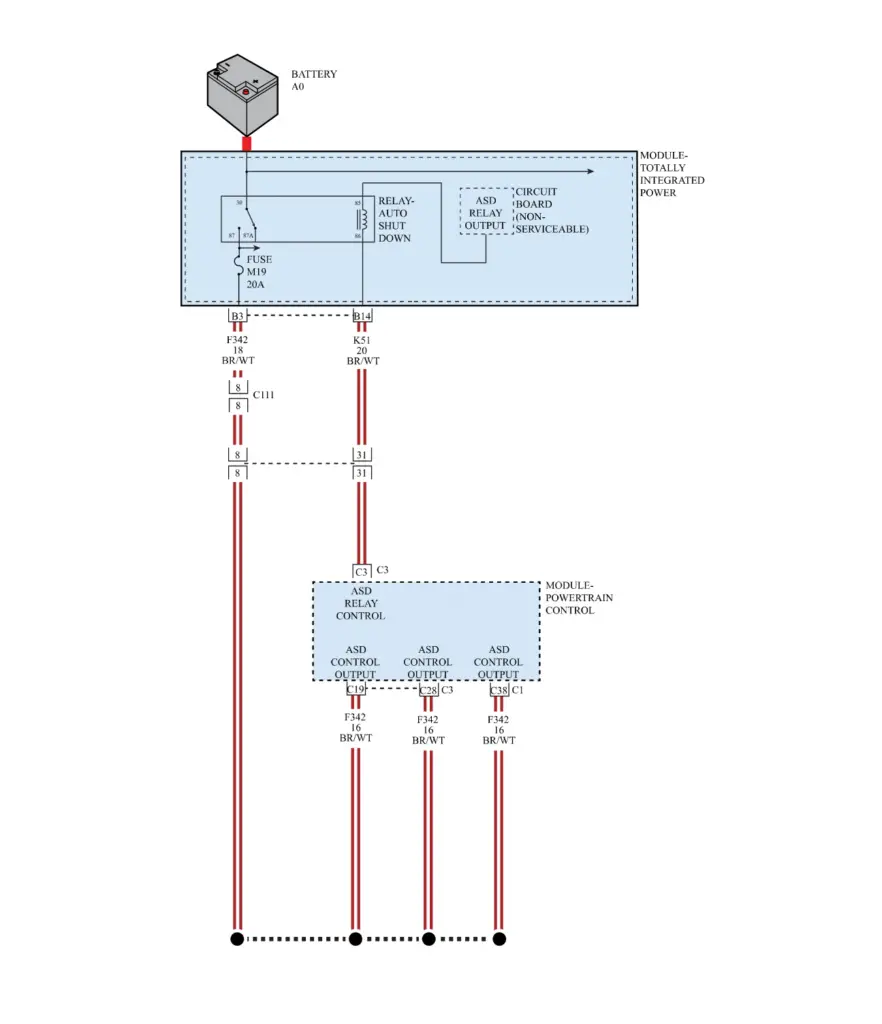
P0688 wiring diagram
What Are The Symptoms Of The P0688 Code?
Symptoms of a P0688 trouble code may include:
- Delayed or no start
- Electrical accessories may be inoperative
- Engine drivability issues
What Are The Potential Causes Of The P0688 Code?
Causes for this code may include:
- Defective PCM power relay
- Blown fuse or fusible link
- Open or shorted circuit between the power relay and the PCM
How Serious Is This P0688 Code?
A P0688 should be categorized as severe and addressed accordingly. It may result in a a no start condition and/or a variety of drivability issues.
How Can You Fix The P0688 Code?
A diagnostic scanner and a digital volt/ohmmeter (DVOM) will be required to diagnose a code P0688.
A source of reliable vehicle information will also be necessary. From it you will glean diagnostic flow charts, wiring diagrams, connector face views, connector pin-out charts, and component locators. You will also find component and circuit testing procedures and specifications. All this information will be needed to successfully diagnose a code P0688.
Step 1
Connect the scanner to the vehicle diagnostic port and retrieve all stored codes and freeze frame data. Make a note of this information as it may prove useful if the code proves to be an intermittent one.
After recording all pertinent information, clear the codes and test drive the vehicle (if possible) until the code is reset or the PCM enters readiness mode.
If the PCM enters readiness mode, the code is intermittent and will be even more difficult to diagnose. The condition, which caused the P0688 to be stored, may need to worsen before an accurate diagnosis can be reached. On the other hand, if the code fails to reset and there are no drivability symptoms exhibited, the vehicle can be operated normally.
Step 2
Consult your vehicle information source for technical service bulletins (TSB) that replicate the code stored, vehicle (year, make, model, and engine), and symptoms exhibited. If you find the appropriate TSB, it may yield helpful diagnostic information.
If the P0688 code is immediately reset, proceed with a visual inspection of system related wiring and connectors. Harnesses that have been broken of unplugged should be repaired or replaced as required.
If wiring and connectors appear functional, use your source of vehicle information to obtain the appropriate wiring diagrams, connector face views, connector pin-out charts, and diagnostic flow charts.
Step 3
Once you have the relevant information, test all system fuses and relays to make sure the PCM power supply relay is being supplied with battery voltage.
If constant (or switched) voltage is not present at the power relay connector, trace the appropriate circuit back to the fuse or relay from which it originates. Repair or replace defective fuses or fusible links as required.
Step 3
If power relay supply input voltage and ground are present (on all appropriate terminals), use your DVOM to test relay output performance at the appropriate connector pins. If power supply relay output circuit voltage is not adequate, suspect that the relay is defective.
If PCM power supply relay output voltage is within specifications (on all terminals), test the corresponding relay output circuits at the PCM.
Step 4
If a relay output voltage signal is discovered at the PCM connector, suspect a defective PCM or a PCM programming error.
If there is no relay output voltage signal discovered at the PCM connector, you have an open circuit.
Note: Fuses and fusible links should be tested with the circuit loaded to avoid a misdiagnosis
Recommended Parts
Below are some recommended auto parts to help you address the trouble code affecting your vehicle and get it running smoothly again:
Note: During the purchasing process, please check carefully whether the part you want to buy fits your car!
Check This Video For Reference
Reference Sources
P0688 ECM/PCM Power Relay Sense Circuit Open, OBD-Codes.

